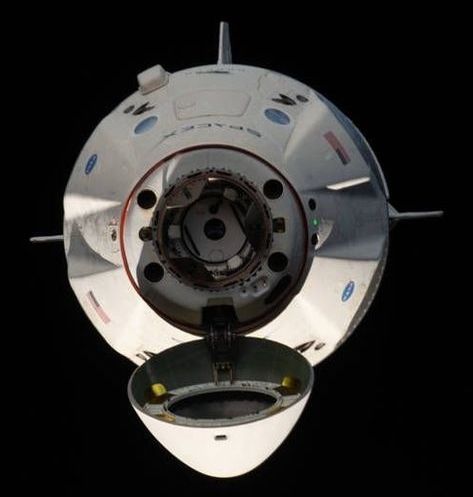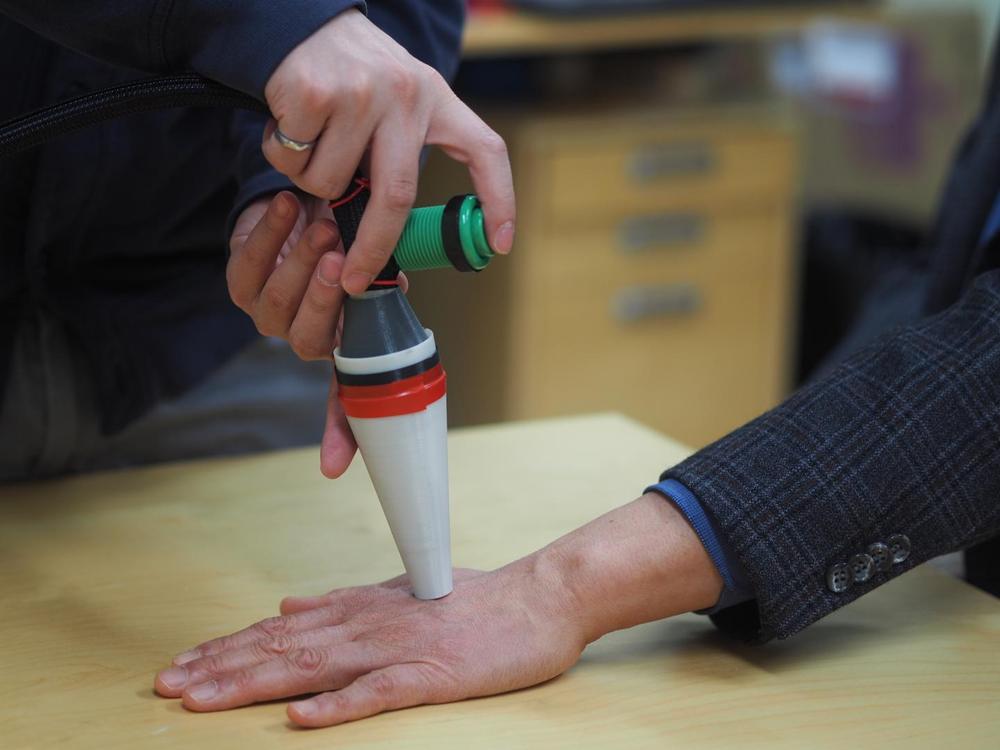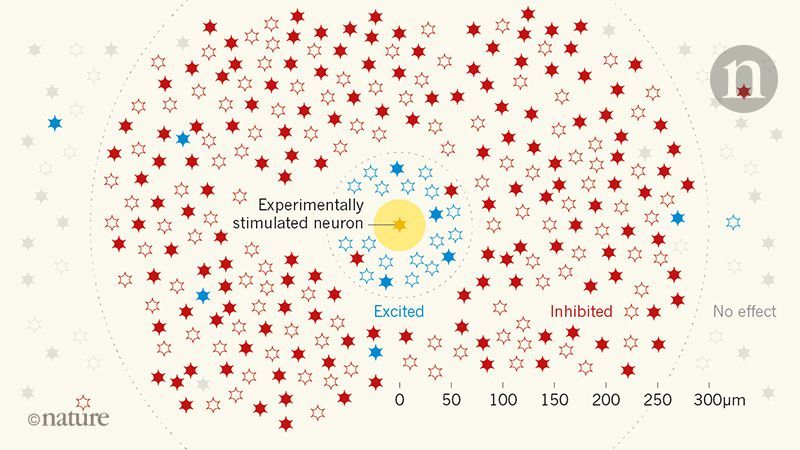Mar 7, 2019
Aston Martin Lagonda: new SUV is electric-powered and… vegan
Posted by Genevieve Klien in category: transportation
Is this the guilt-free sports utility vehicle for the animal-loving, environmentally-conscious car enthusiast?
Aston Martin’s new Lagonda — unveiled at the Geneva Motor Show — is electric-powered and… vegan.
The Britain-based manufacturer says the luxury interior of the long, sleek vehicle is leather-free.
Continue reading “Aston Martin Lagonda: new SUV is electric-powered and… vegan” »

















